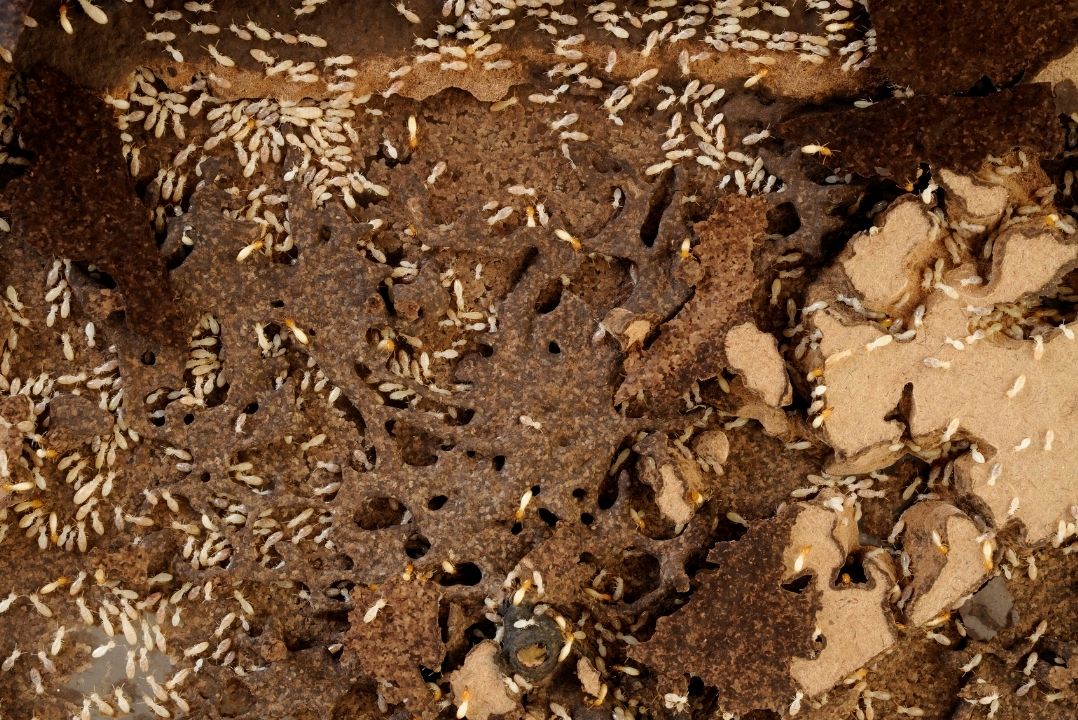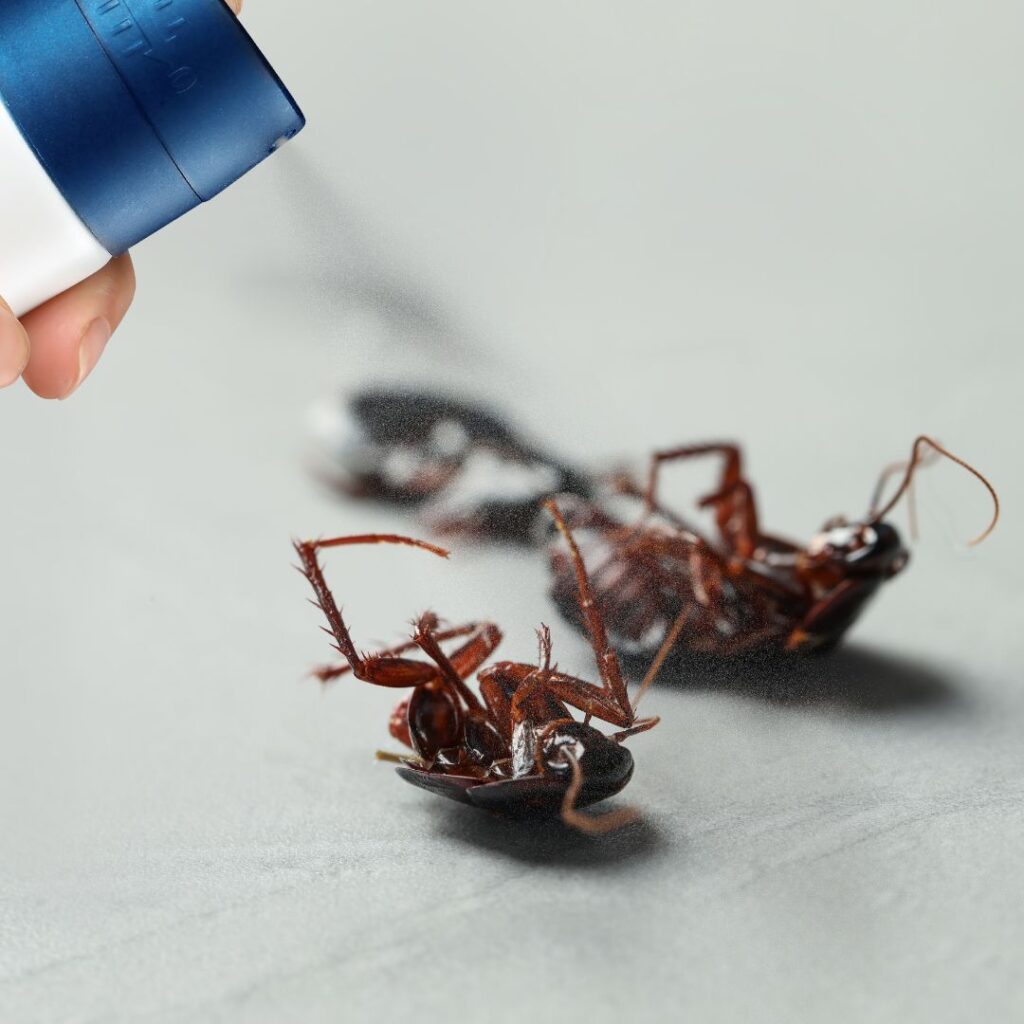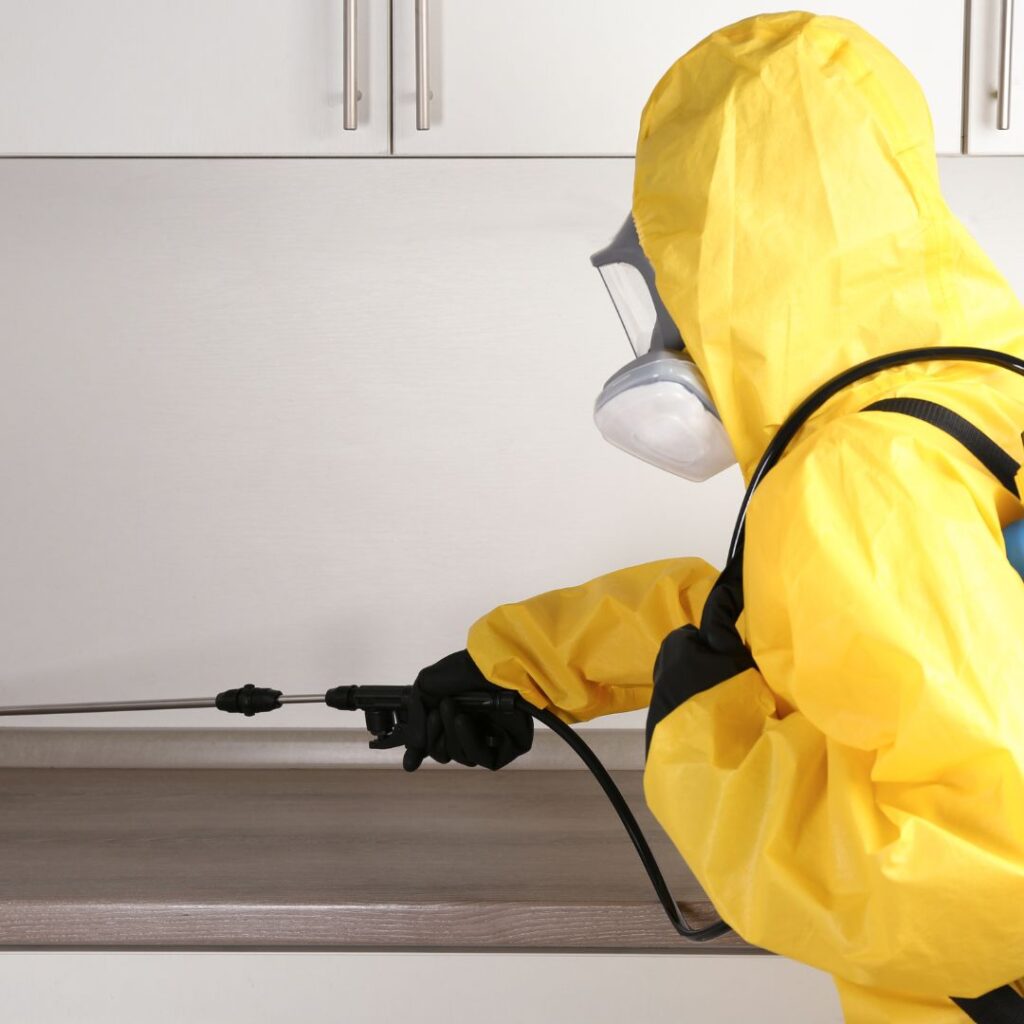How to Protect Your Chennai Home from Termite Infestations
Termites are a homeowner’s nightmare. These silent destroyers can wreak havoc on your property before you even realize they’re there. In Chennai, where the climate is warm and humid, conditions are ideal for termites to thrive. Protecting your home from a termite infestation is crucial to prevent costly damage. In this blog, we’ll explore effective strategies to keep these pests at bay and safeguard your home.
Understanding Termites
What Are Termites?
Termites are small, pale-colored insects that feed primarily on wood. They live in large colonies and can cause significant structural damage to buildings if not controlled. There are several types of termites, but the most common in Chennai are subterranean termites. These termites build their colonies in the soil and access homes by constructing mud tubes, which protect them from exposure to the air.
Why Are Termites a Threat in Chennai?
Chennai’s warm and humid climate creates the perfect environment for termites to thrive. The monsoon season further exacerbates the problem as the moisture in the soil encourages termite activity. Without proper preventive measures, your home can become an easy target for these destructive pests.
Signs of a Termite Infestation
Mud Tubes
One of the most common signs of a termite infestation is the presence of mud tubes. These pencil-thin tunnels can be found on walls, foundations, or other surfaces that connect the soil to the wood inside your home. Termites use these tubes to travel back and forth from their nest to their food source without being exposed to air.
Hollowed Wood
Termites consume wood from the inside out, which means that you might not notice the damage until it’s severe. Tapping on wooden structures and hearing a hollow sound is a clear indication of termite activity. You may also notice blistering or peeling paint, which occurs when termites damage the wood beneath the surface.
Discarded Wings
After swarming, reproductive termites, known as alates, shed their wings. Finding piles of these discarded wings near windows, doors, or other entry points is a strong sign of a termite infestation. These swarms typically occur in the spring and during the monsoon season in Chennai.

Preventive Measures to Protect Your Home
Regular Inspections
Conducting regular termite inspections is crucial in preventing an infestation. It’s recommended to have your home inspected at least once a year by a professional pest control service. Early detection can save you from extensive damage and costly repairs.
Moisture Control
Termites thrive in moist environments, so controlling moisture in and around your home is key. Ensure that your home has proper drainage systems to prevent water accumulation near the foundation. Fix leaky pipes, faucets, and roofs promptly. Consider using dehumidifiers in areas prone to dampness, such as basements or crawl spaces.
Use Termite-Resistant Materials
When building or renovating your home, consider using termite-resistant materials. Some types of wood, such as teak and redwood, are naturally resistant to termites. You can also treat wood with chemical preservatives to deter termites from feeding on it. In addition, using metal or concrete for structural components like foundations, beams, and floors can significantly reduce the risk of termite damage.
Seal Cracks and Gaps
Termites can enter your home through even the smallest cracks and gaps. Regularly inspect your home’s exterior for any openings and seal them promptly. Pay special attention to areas where utility lines and pipes enter your home. Use caulk or sealant to fill these gaps and prevent termites from gaining access.
Proper Ventilation
Good ventilation is essential to reduce moisture levels in your home. Ensure that crawl spaces, attics, and basements are well-ventilated. Installing vents or exhaust fans can help maintain a dry environment, making it less attractive to termites.
Termite Treatment Options
Chemical Barriers
Chemical barriers are one of the most effective methods of termite control. This involves applying a termiticide to the soil around your home’s foundation to create a barrier that termites cannot cross. This method can be used as a preventive measure or as a treatment for an existing infestation. It’s important to hire a professional pest control service to apply these chemicals safely and effectively.
Baiting Systems
Termite baiting systems are another popular treatment option. These systems involve placing bait stations around your home’s perimeter. The bait contains a slow-acting toxin that termites carry back to their colony, eventually killing the entire population. Baiting systems are less intrusive than chemical barriers and can be used in conjunction with other treatments.
Fumigation
For severe infestations, fumigation may be necessary. This involves sealing your home and releasing a gas that penetrates all areas of the structure, killing termites and other pests. Fumigation is a highly effective treatment but requires you to vacate your home for a few days. It’s typically used as a last resort when other methods have failed.
Professional Pest Control
While there are DIY methods to control termites, professional pest control services offer the most comprehensive and effective solutions. Pest control experts have the knowledge, experience, and equipment to detect and eliminate termites from your home. They can also provide ongoing monitoring and maintenance to ensure your home remains termite-free.

Post-Treatment Maintenance
Regular Monitoring
After treatment, regular monitoring is essential to ensure that termites do not return. Continue to inspect your home for signs of termite activity and schedule follow-up inspections with your pest control provider. Early detection of a new infestation can prevent extensive damage.
Maintaining a Dry Environment
Even after treatment, it’s important to maintain a dry environment in and around your home. Continue to address any moisture issues promptly and ensure proper ventilation. By reducing moisture, you can make your home less appealing to termites and prevent re-infestation.
Landscaping Considerations
Your landscaping can also play a role in termite prevention. Keep mulch, firewood, and other organic materials away from your home’s foundation, as these can attract termites. Trim back trees and shrubs that touch your home, as termites can use them as a bridge to access your property. Consider planting termite-resistant vegetation and using gravel or stones instead of mulch near your foundation.
Conclusion
Termites pose a serious threat to homes in Chennai, but with the right preventive measures and treatments, you can protect your property from these destructive pests. Regular inspections, moisture control, and the use of termite-resistant materials are key steps in keeping your home termite-free. If you suspect a termite infestation, don’t hesitate to contact a professional pest control service to address the problem quickly and effectively. By staying vigilant and proactive, you can ensure that your home remains safe from termite damage for years to come.



